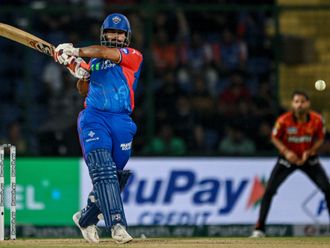Sweden's coach Lars Lagerback had obviously sent his players out on a mission to target England's near post at set-pieces, and the policy paid off.
As a defence, there are key areas of the goal you are looking to defend, with your best headers of the ball in those positions.
This is the age-old locker-room debate: Do we man-mark? Do we go zonal? Or do we combine the two? Sweden took advantage of England's man-marking by dragging our best men into areas away from where they were delivering the ball.
The system England are deploying at set-pieces seems to be man-marking with David Beckham and Jamie Carragher fixed in an area to deal with a ball crossed to the near post.
At the last World Cup, the England coach and his assistant, Tord Grip, were keen to man-mark. Everyone then had a job to do with a designated player to mark. It is not the easiest thing to keep your eye on the ball, communicate with teammates and stay tight to the man you are marking.
With the zonal system, the players designated with certain areas have to deal with any player coming into that area. At international level, I think the best system is a combination of the two.
II think what happened against Sweden was a mixed blessing because the boys in the England camp will be treating it as a wake-up call. Having said that, Sweden's strategy on the night is one England are not likely to face too often. It was an old-fashioned English system, raining crosses in and attacking around set-pieces.
(Martin Keown is a former England defender)











